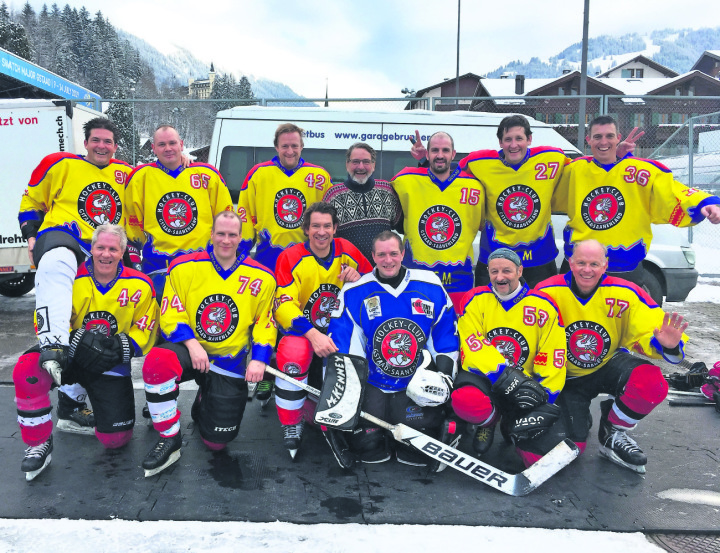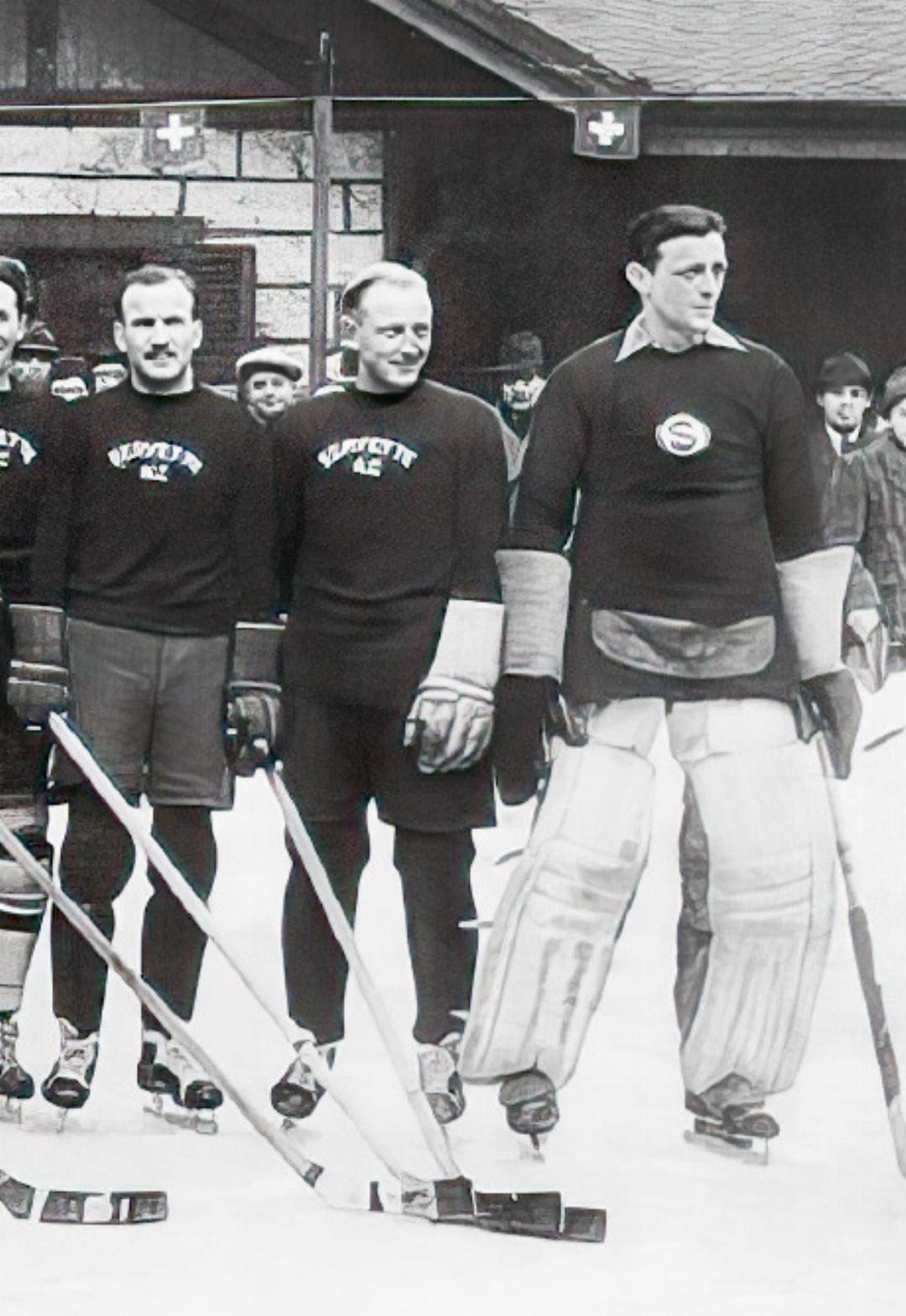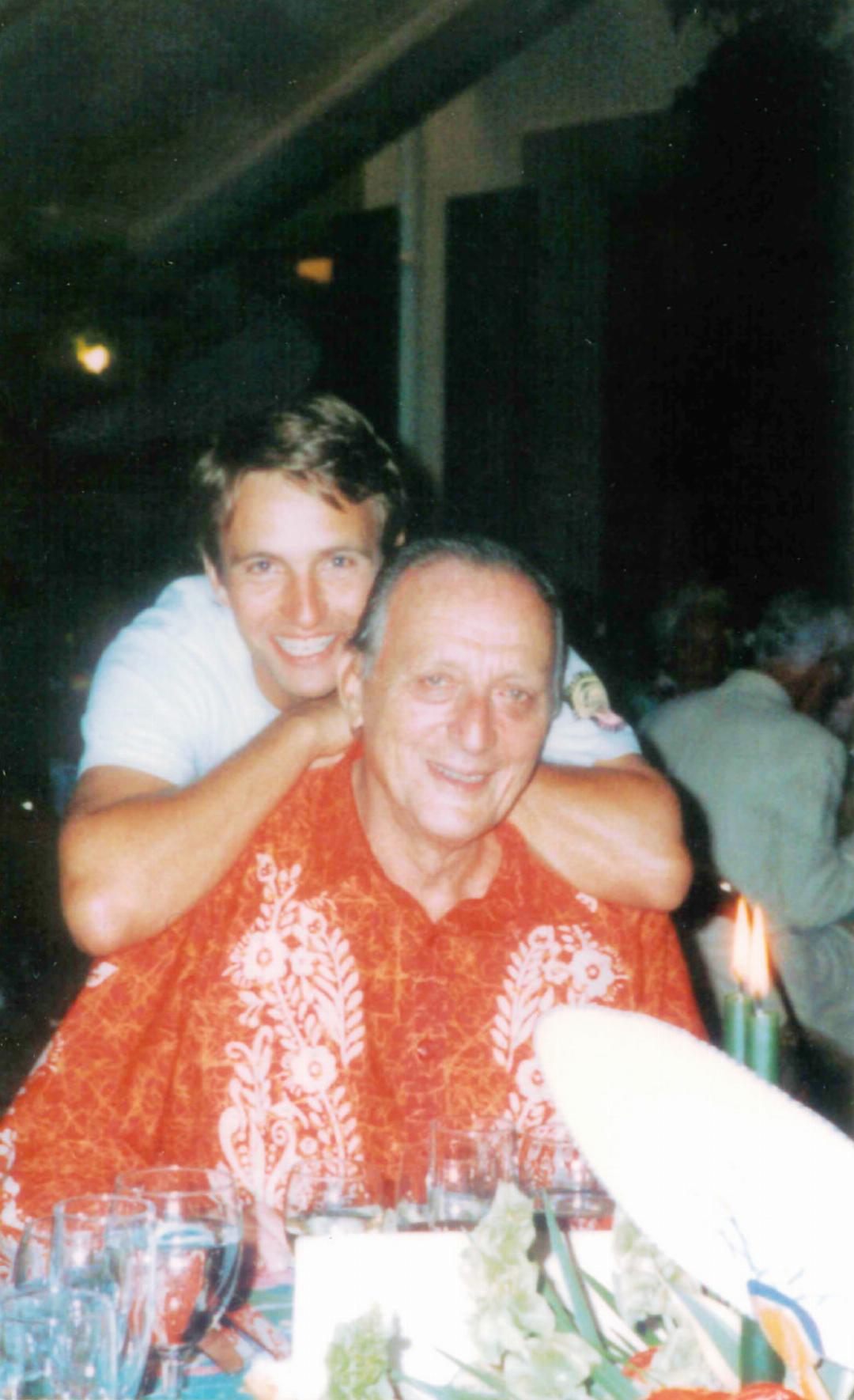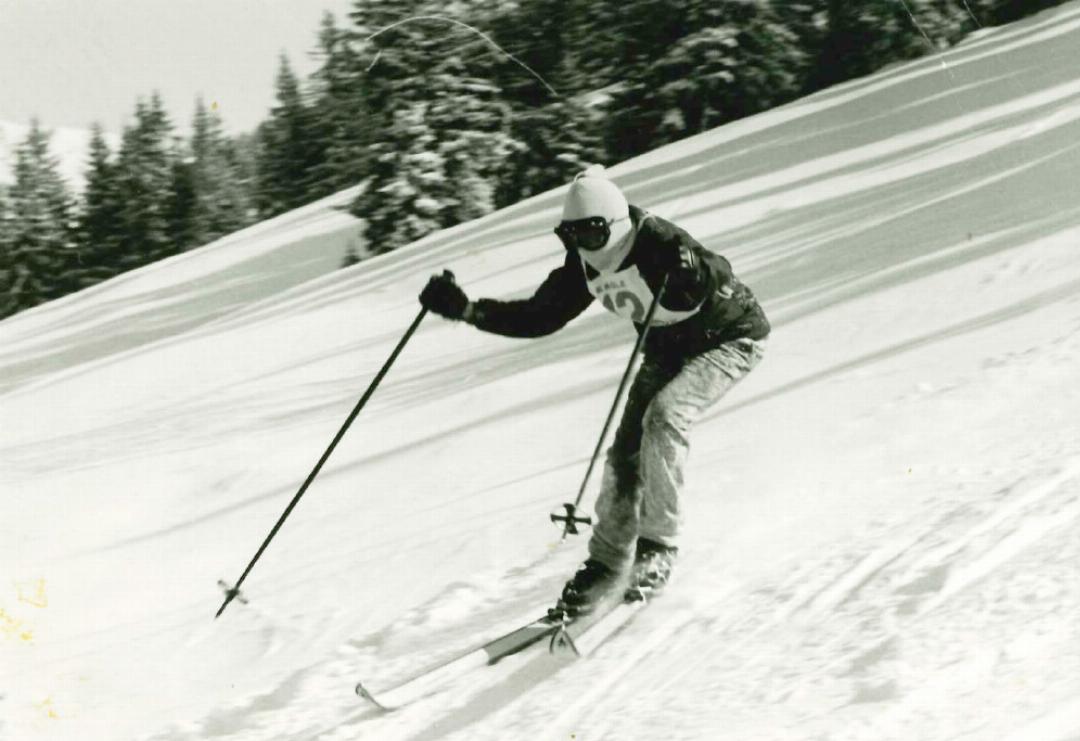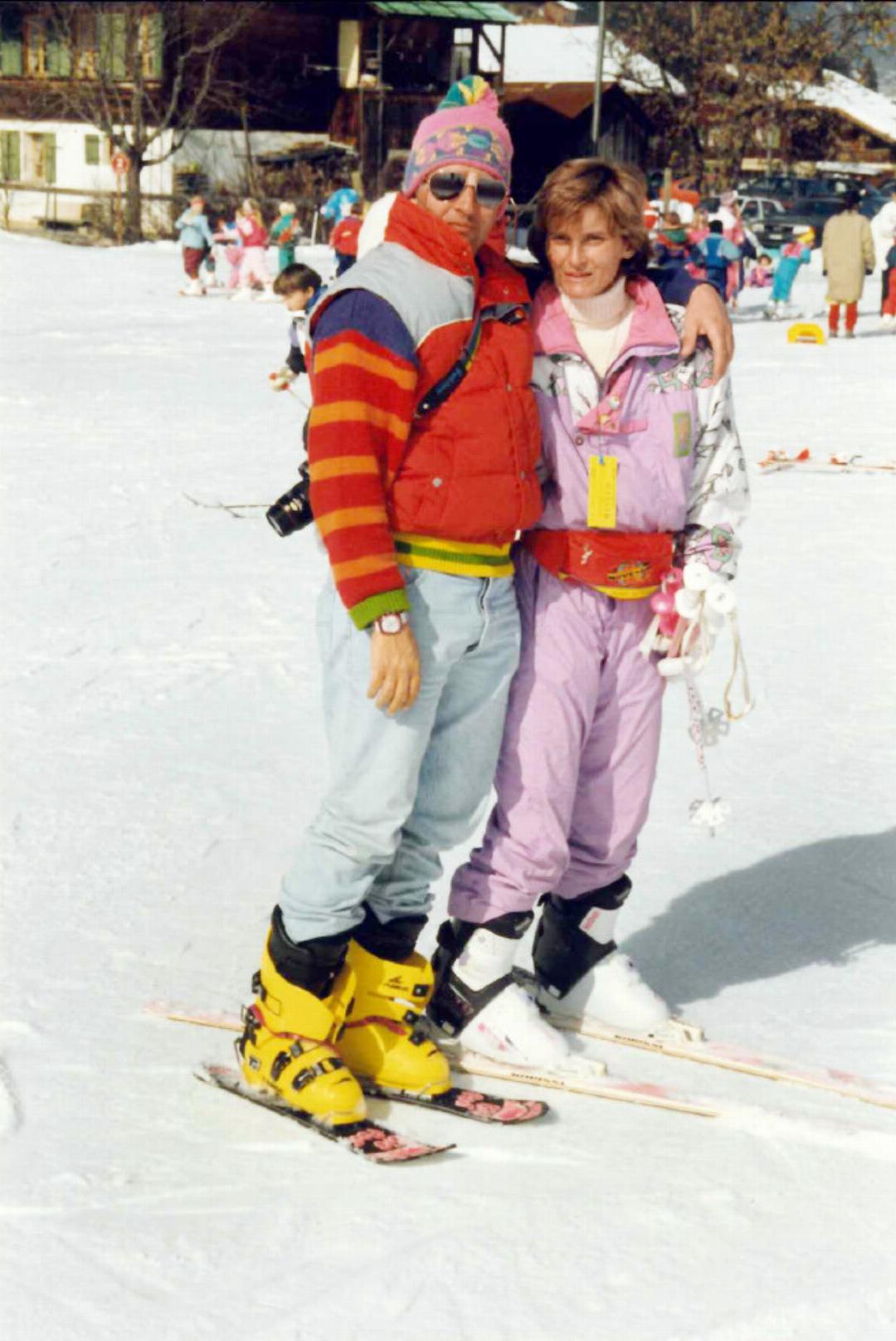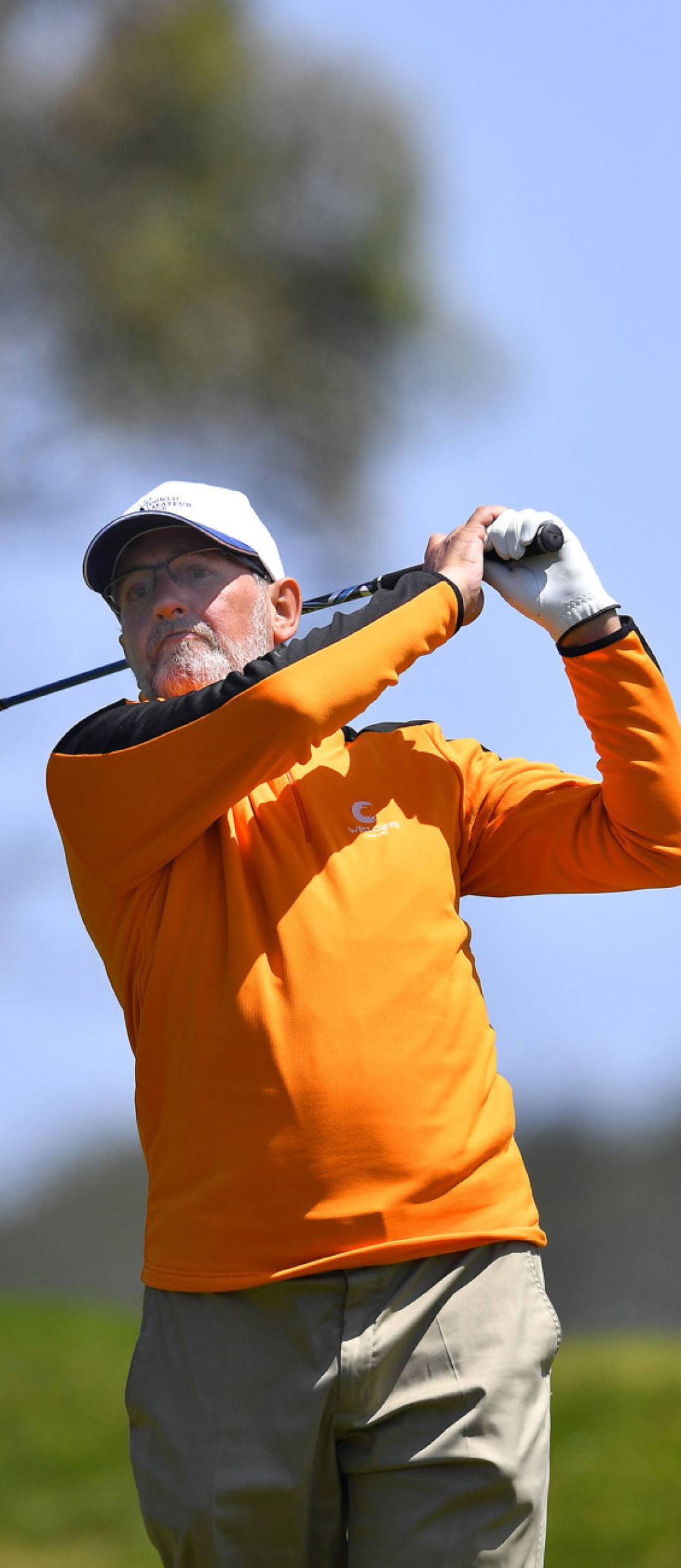A Gstaad Connection: Skiing, Hockey, and enduring Family legacy
19.01.2024 Profile, Le Rosey, Profile, Gstaad Living, TraditionsJean - Michel Barbey
In this exclusive interview with GstaadLife, Jean-Michel Barbey reflects on his extraordinary 65-year journey in Gstaad, from childhood ski mishaps to a prolific hockey career and his enduring love for the village. With insights into his family’s legacy, sporting adventures, and contributions to the community, Barbey shares a charming tale of a life well-lived in the heart of the Swiss Alps.
With an amazing 65 years in Gstaad, what initially drew you to this winter resort, and what has kept you here for so long?
My parents, Claude and Tigi, had a small chalet, Im Ebnit, at the entrance of Gstaad. I was three or four years old the first time I came there. My sister, Elisabeth, has also spent many years in Gstaad in wintertime. 1969, we moved to a chalet just behind the Rosey boarding school on the Riedhubel. It still is our winter retreat place today. I have never been tempted to go to another winter resort in Switzerland because I have made a lot of friends in Gstaad over the years. And I feel so much “at home” here.
Two of my father’s brothers, Gustave and Raymond, also spent many decades in Gstaad. Some of their children still have a chalet or an apartment in the village. A family affair, I would say, considering three of the seven Barbey brothers chose to spend a lifetime here.
Can you share some fond memories of your early years in Gstaad, especially the challenges and experiences you faced while learning to ski?
When I turned seven, my father asked about my birthday wish. I eagerly requested a red and white helmet with yellow ski goggles, mirroring the style of renowned downhill racers. On 24 December 1961, my dream came true. The next morning, feeling like a downhill racer, I ventured to the Eggli Gondelbahn station. However, my excitement took a tumble at the hut where they sold tickets for the buttock puller. Losing control, I crashed into the hut’s corner, resulting in a broken leg. Rushed to Saanen hospital, my father, upon hearing the news, couldn’t contain his laughter, attributing it to the chalet collision report.
Given your extensive involvement in hockey, tell us more about your experiences with the sport in Gstaad and how it has shaped your life?
After starting to play hockey in Geneva at the age of ten, I was fortunate enough to join the Gstaad -Saanenland team while studying at Le Rosey in the winter. I’ve enjoyed every minute on the ice with Max Staub, Hans Rytz, Daniel Loertscher, Max Moratti, Peter Schär, Reto Neuenschwander, Hans-Alexander Fuhrer, Bruno Herrmann, and Jutzeler, Marti, Reichenbach, among others. In 1974, I returned to Geneva and played with the second team (Genève-Servette II) and the University team. In 1981, I stopped after a broken jaw!
My son was born that year, and I had new priorities in life.
Your father, Claude Barbey, made significant contributions to the Gstaad community. Do you sometimes feel that you stand in the shadow of that?
My father indeed has done a lot for the Gstaad community, notably for the Saanen Hospital (with a group of fantastic people within the frame of “Les amis de l’hôpital de Saanen”) and has actively supported the Menuhin Festival. He was friends with Yehudi Menuhin for a long, long time. My father was also a keen curling player; he loved to play at the Palace ice rink with one of his brothers and local friends.
One detail always stuck with me: he was playing with “après-ski” shoes in those days. To slide with the front foot, he wrapped a handkerchief around the shoe! It was so funny!
Do I stand in the shadow of my father? Considering he was 195cm tall and me only 175, I have always been in his shadow! But joking aside, no, not for one minute. I’ve always been incredibly proud of my father’s achievements. He was vice president of Swissair for some 20 years, worked closely with Rolex for 18 years, setting up the distribution channels in Japan. Heading a company with offices in Japan, Taiwan, South Korea, Philippines, and Hong Kong and was the president of Genève-Servette HC from 1959 to 1971. Whatever I have done in my life is very little in comparison with what he has done.
The thing I am the proudest of is that I, together with inventor Michel Steiner, developed the very first airbag for motorcycle riders. We worked hard with the Battelle Institute in Geneva, with Japanese suppliers (for the inflatable material and the gas cartridges), and with motorcycle jacket manufacturers (in France, Germany, and Italy) to set up prototypes. We had one of them tested by Michel Julienne – son of world-famous stuntman Rémy Julienne – on the airfield of Neuchâtel-Colombier airport. Our system was presented in numerous fairs (Paris, Bologna, Cologne), we received the 1st prize from a French insurance company. In 1991, my father sold his company, and after nine years of development, the inventor and I decided to split and go separate ways. And, of course, I’m proud of the Ultima Hotel, but unfortunately, my parents were already gone when I ventured into this project.
Having interacted with various hockey figures, are there specific individuals or moments that have left a lasting impression on you?
I was five years old when my father took me to my first hockey game: the Coupe de Suisse final, held in Geneva in 1959. Servette HC (my father’s team), which was in LNB, beat Neuchâtel Young-Sprinters HC (LNA) 7–3 in front of a record crowd of 11’820 fans!
Another extraordinary moment was when GSHC was playing against Ajoie to keep its place in LNB in the mid-90s. Geneva was three goals behind with a couple of minutes left. In 78 seconds, the game was tied shortly before it ended. My father then said: “Luckily, we do not have a heart condition!”
In overtime, Ajoie hit the post, and on the counterattack, GSHC scored the winning goal. It is one of the most emotional moments I’ve lived with my father in the 45 years I’ve watched hockey games by his side. Sadly, he did not see the GSHC win their first title last season.
My friends Philippe Bozon, Olivier Keller, Igor Fedulov, John Gobbi and Goran Bezina hold a very special place in my memories.
Beyond hockey, your diverse sporting interests have been expressed. How did these evolve, and how do they contribute to your life in Gstaad?
After ice hockey, I picked up golf in the early 80s. At that time, I already almost quit skiing. Enthusiastically engaged in my new sport (I was on the 1996 World University Champion-ship organisation committee and captain of Bonmont GC from 2000 to the end of 2009), I had no time for other sports. I have played the Gstaad-Saanenland course a few times; congratulations to the green-keeping team for their excellent job! The addition of the new back-9 holes is a success. The course was always in perfect shape when I enjoyed a round with friends, and the food was also excellent.
In your view, how has Gstaad changed over the past 65 years, both positively and negatively and are there specific aspects, like the absence of a hospital, that you miss or are concerned about?
Yes and no … No, concerning the local people, they are still the same: courteous and friendly. The ice rink is still there – where it has to be!!! The Rössli is still a lovely place to dine, Cadonau is still there on the main street, Wittwer Blumen still have their shop since 1951 (I wasn’t even born then), and the picturesque Palace Hotel continues to reign on top of the hill.
And yes, things have changed: the main street is overcrowded with luxury stores, the lovely bakery down the Rosey Weg has disappeared, so has the Apple Pie, and there are parking meters everywhere. There is no ski jumping event any longer (I remember the crowds filling the landing area in the early 70s).
But worst of all, there is no hospital anymore! This, to me, is inconceivable! There may be political cost reasons behind that, but with such a large population base, not offering hospital facilities for sick or injured people is complete nonsense, a dramatic failure! I speak from experience. Between my hockey and skiing injuries, I cannot even remember how many times I visited the Saanen Hospital for broken bones, cuts, concussions, and so on.
Gstaad holds a special place in your heart with lasting friendships. Could you share anecdotes about your friends and the sense of community you’ve experienced there?
I was six years old when I met my four-year-old neighbour in Gstaad. His name: Henry de Labouchere. His chalet was a few hundred yards away from ours. We’ve spent many hours playing with toys and, later on, skiing; we were both at Le Rosey and worked together for over 15 years before retiring from business. He is my oldest friend and is, I would say, the brother I never had. Othmar and Eric Pichler, Hans-Alexander Fuhrer, Alex and Simone Zwahlen, Stefan Romang, the Reuteler family (René, Heidi, Christian, Anita) and Frank and Esther Müller are among those people I deeply cherish, for they are valuable ambassadors of friendship and honesty at its best.
I will always remember an anecdote: In 1973, I crashed on a downhill training. Only one of my skis survived. I went to Hermenjat, opposite the skating rink, and asked Köbi if he could perhaps imagine a way to transform the ski (which was 2.23m long) into a … mono-ski. The way he looked at me was so funny; in his eyes, I could almost see that he told himself that I had been hit by too many pucks on my face mask. But he took on the challenge!
He screwed a metal base on my ski, then added a steel plate on which he screwed a pair of Marker fixings. Needless to say, my first experience on the red slope of the Wispile was kind of painful. I lost control and fell all over the place. But it was a lot of fun trying something else.
Being deeply connected to Gstaad, what are your hopes and expectations for its future? Are there specific developments or changes you’d like to see in our charming region?
What would I like to see? A hospital for the local community and the thousands of visitors! But chances are zero, I believe… A new ski jumping hill. And that the skating rink stays where it has always been, in the heart of the village, and not delocalised around the Sport Zentrum or anywhere else.
JEANETTE WICHMANN




